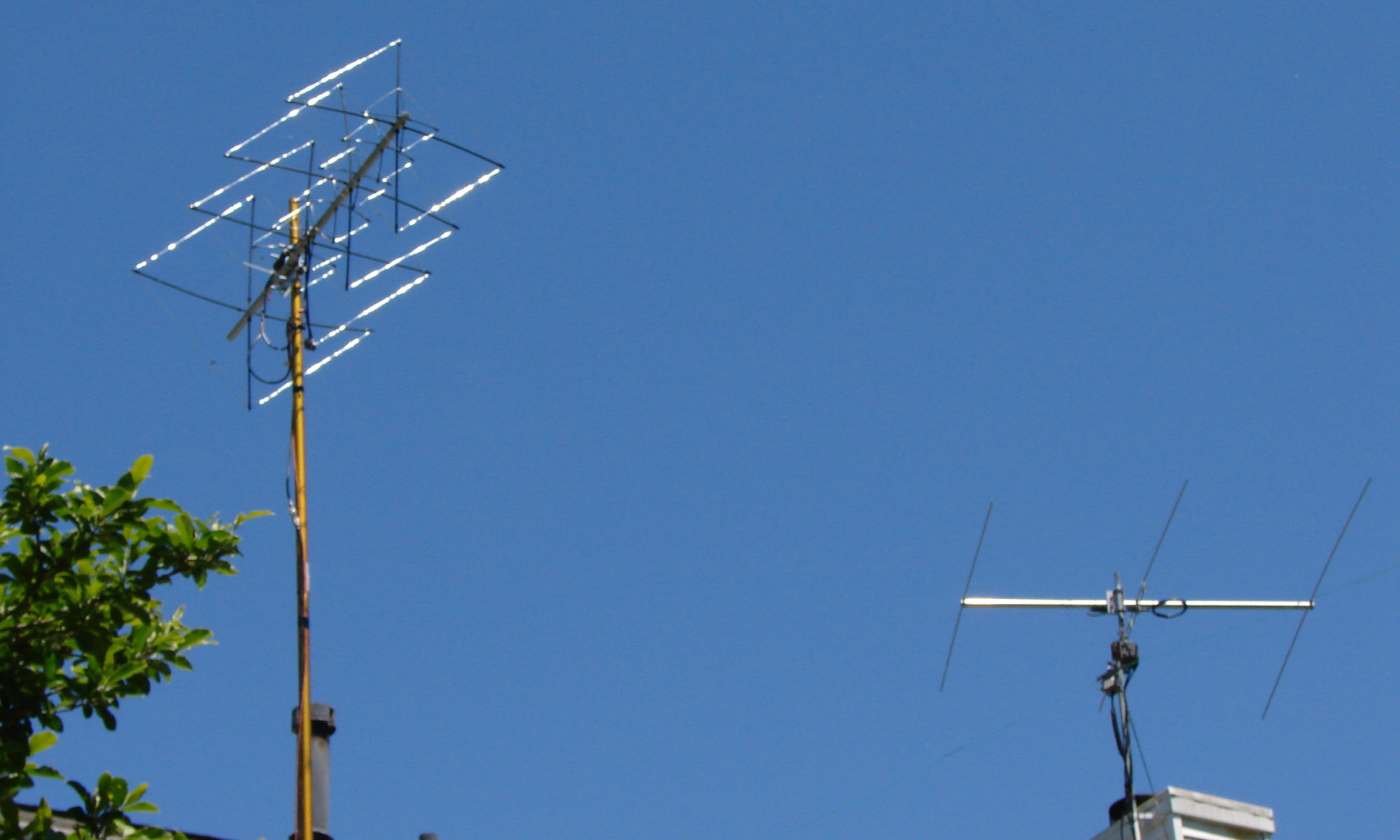A summary of radiosport topics for the casual contester
February begins the annual cycle of one of the most popular activities in amateur radio. Every state and many Canadian provinces take part in QSO parties, where the goal is to make contacts within the state or states sponsoring the event. It’s a great activity both to get your contesting fix and to work on operating awards like Worked All States or various county awards, or to pick up states on bands that you need for 5-Band WAS.
Hams in the state sponsoring the party can work other hams in their own state or elsewhere for QSO credit, but hams outside the state typically only get credit for contacts with that state (there are a few exceptions, like Maine, that allow credit for all QSOs). Multipliers are counties (parishes in Louisiana), plus states/provinces/countries for stations in the party state. Continue reading “Contesting notes, February 2022”
